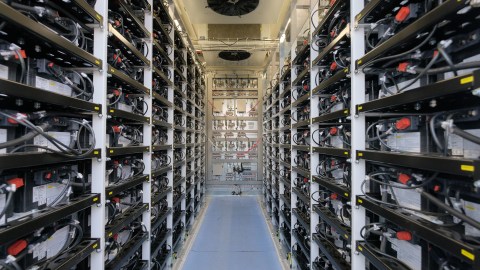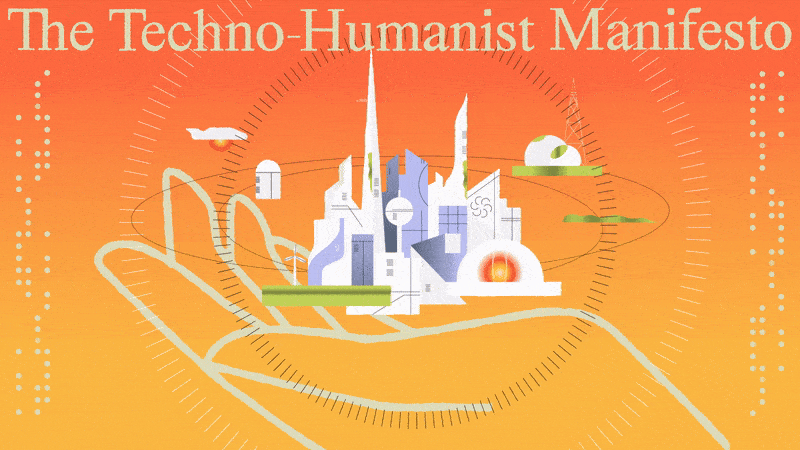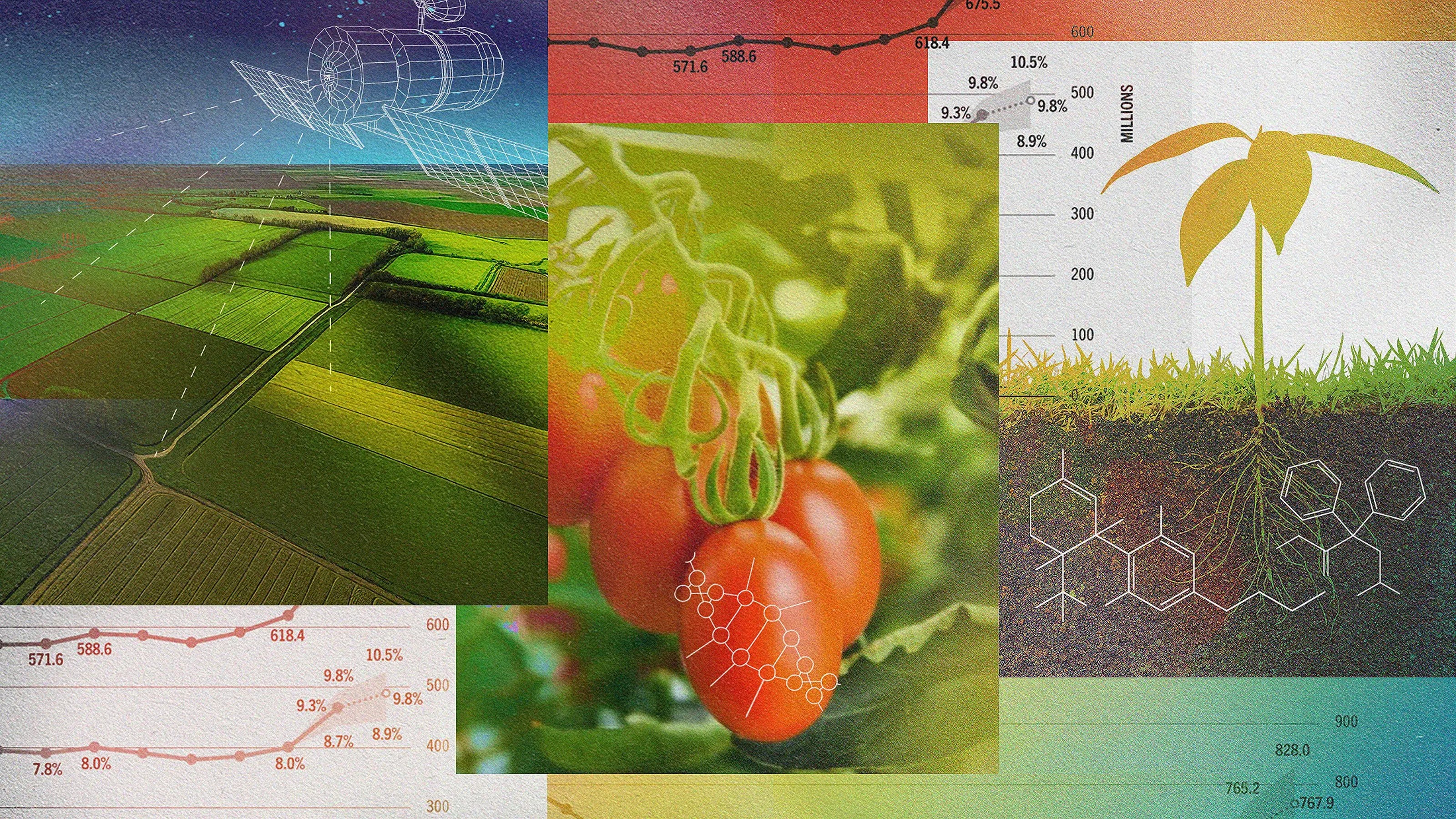These are the top 10 emerging technologies of 2019

Nakao/Bloomberg via Getty Images
Which of today’s technologies will shape tomorrow’s world? A new report compiled by the World Economic Forum reveals some of the breakthrough innovations that are expected to radically impact the global social and economic order.
“From income inequality to climate change, technology will play a critical role in finding solutions to all the challenges our world faces today,” says Jeremy Jurgens, Chief Technology Officer at the World Economic Forum. “This year’s emerging technologies demonstrate the rapid pace of human innovation and offer a glimpse into what a sustainable, inclusive future will look like.”
Making the list involves more than promising major benefits to the world. The emerging technologies must positively disrupt the existing order, be attractive to investors and researchers, and expect to achieve considerable scale within the coming 5 years.
These are the top 10 emerging technologies for 2019:
1. Bioplastics for a circular economy
Less than 15% of the world’s plastic is recycled, with the rest incinerated, abandoned or sent to landfill. Biodegradable plastic offers a solution, but lacks the strength of conventional materials. A breakthrough idea promotes the circular economy by using cellulose or lignin from plant waste, which increases material strength without using crops that could otherwise be used for food.
2. Social robots
Today’s robots can recognise voices, faces and emotions, interpret speech patterns and gestures, and even make eye contact. Droid friends and assistants are becoming part of everyday life, and are being used increasingly to care of the elderly, educate children and undertake all sorts of tasks in between.
3. Metalenses
Making the lenses used by mobile phones, computers and other electronic devices smaller has been beyond the capabilities of traditional glass cutting and glass curving techniques. But advances in physics have led to miniaturised, lighter alternatives to established lenses, called metalenses. These tiny, thin, flat lenses could replace existing bulky glass lenses and allow further miniaturization in sensors and medical imaging devices.
4. Disordered proteins as drug targets
“Intrinsically disordered proteins” are proteins that can cause cancer and other diseases. Unlike conventional proteins, they lack a rigid structure so change shape, making them difficult to treat. Now scientists have found a way to prevent their shape-shifting long enough for treatment to take effect, offering new possibilities for patients.
5. Smarter fertilizers
Recent improvements in fertilizers have focused on their ability to slowly release nutrients when needed. However, they still contain ammonia, urea and potash which damage the environment. New fertilizers use more ecologically friendly sources of nitrogen, and microorganisms that improve take-up by plants.
6. Collaborative telepresence
Imagine a video conference where you not only feel like you’re in the same room as the other attendees, you can actually feel one another’s touch. A mix of Augmented Reality (AR), Virtual Reality (AR), 5G networks and advanced sensors, mean business people in different locations can physically exchange handshakes, and medical practitioners are able to work remotely with patients as though they are in the same room.
7. Advanced food tracking and packaging
About 600 million people eat contaminated food each year and it’s essential to locate the source of an outbreak immediately. What used to take days or even weeks to trace can now be tracked in minutes, using blockchain technology to monitor every step of a food item’s progress through the supply chain. Meanwhile, sensors in packaging can indicate when food is about to spoil, reducing the need to waste whole batches once an expiry date is reached.
8. Safer nuclear reactors
Although nuclear power emits no carbon dioxide, reactors come with a safety risk that fuel rods can overheat and, when mixed with water, produce hydrogen, which can then explode. But new fuels are emerging that are much less likely to overheat, and if they do, will produce little or no hydrogen. These new configurations can replace existing fuel rods with little modification.
9. DNA data storage
Our data storage systems use a lot of energy and can’t keep up with the vast – and ever-increasing – quantities of data we produce. In less than a century they are set to reach capacity. But breakthrough research is using DNA-based data storage, as a low-energy alternative to computer hard drives, with huge capacity: One estimate suggests all the world’s data for a year could be stored on a cube of DNA measuring just a square metre.
10. Utility-scale storage of renewable energy
But storing energy generated by renewables for when there is no sun or wind has been a barrier to increased take-up. Lithium-ion batteries are set to dominate storage technology over the coming decade, and continuing advances should result in batteries that can store up to eight hours of energy – long enough to allow solar-generated power to meet peak evening demand.
Reprinted with permission of the World Economic Forum. Read the original article.





